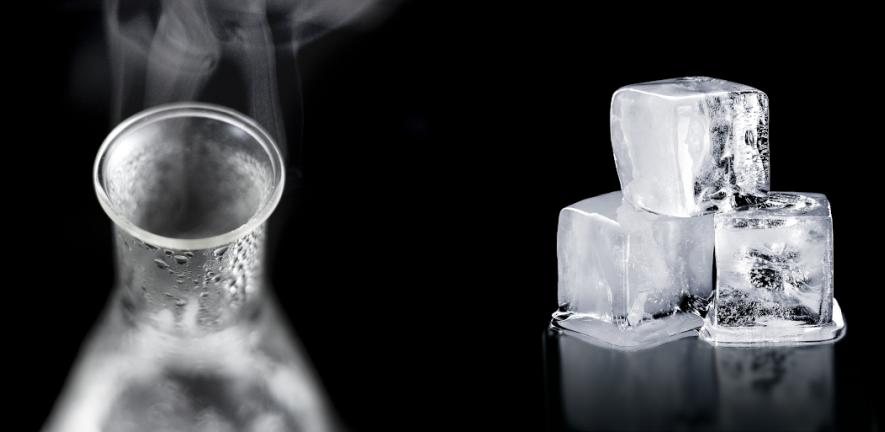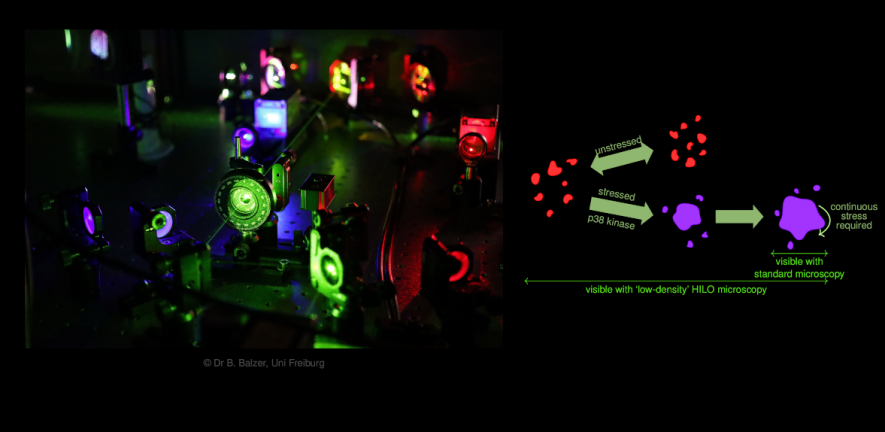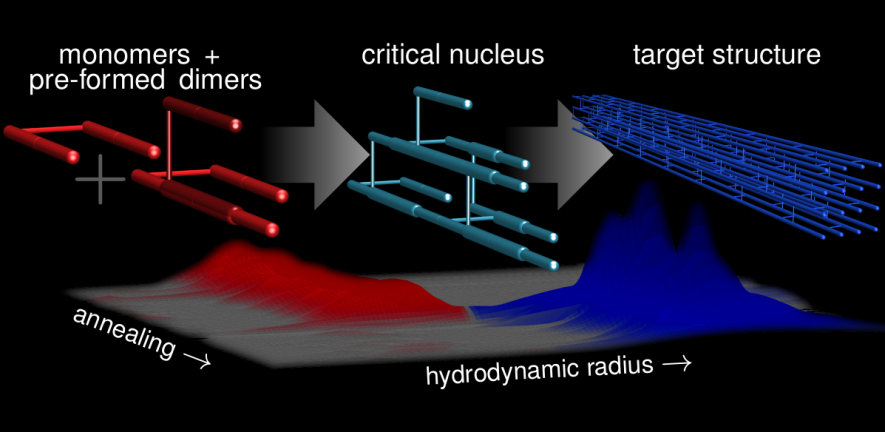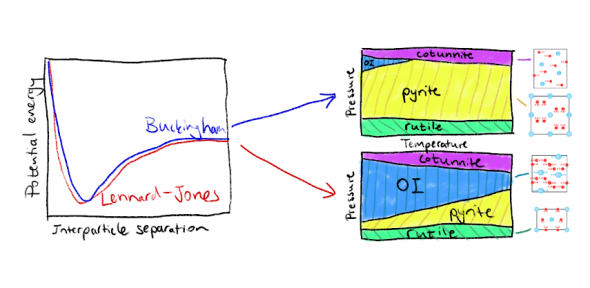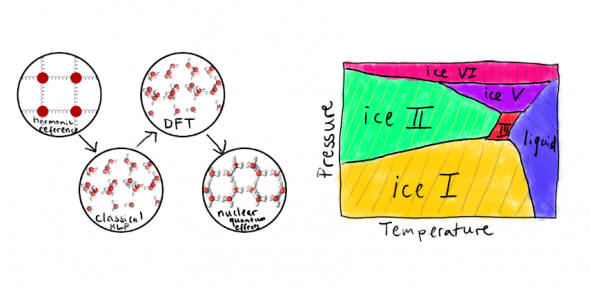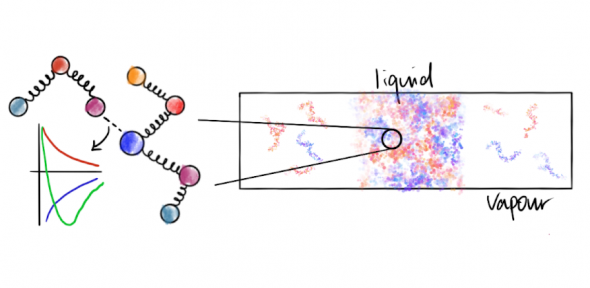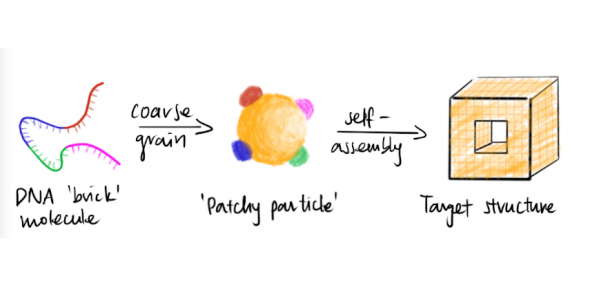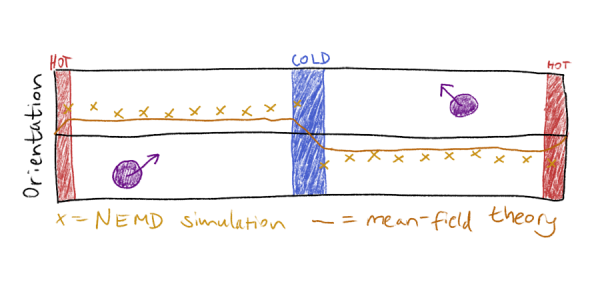Welcome to the Reinhardt group pages
We are a computational chemistry group working in the broad field of statistical mechanics. We are interested in the behaviour of various materials, from atomic and molecular to soft condensed matter and biological systems. In particular, we are interested in phase behaviour, nucleation and self-assembly. Quantifying bulk phase behaviour requires extensive sampling of phase space, which would be prohibitively expensive using first-principles methods. At the same time, understanding the dynamics of a process from a microscopic perspective is often beyond the reach of experiment. As a result, clever simulation methods are required to be able to study such processes, and we are interested in developing suitable techniques to tackle different systems.

